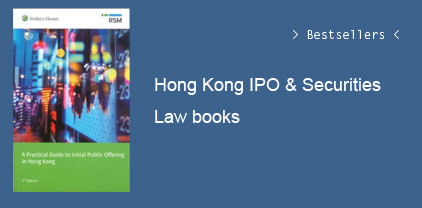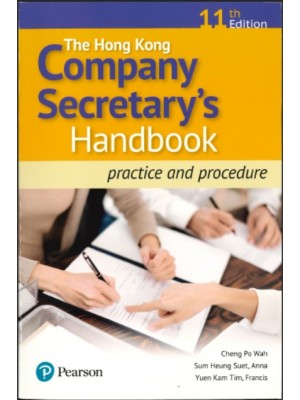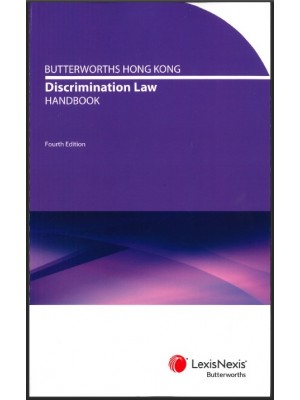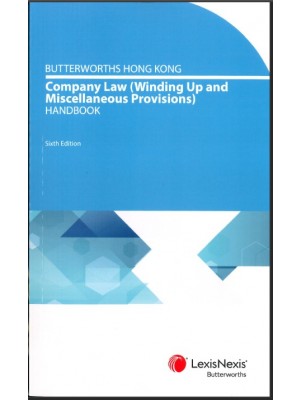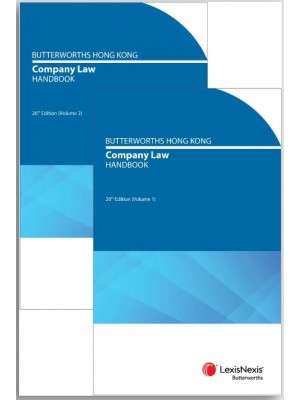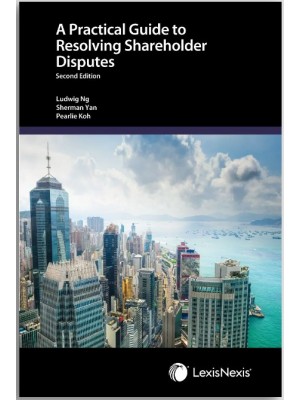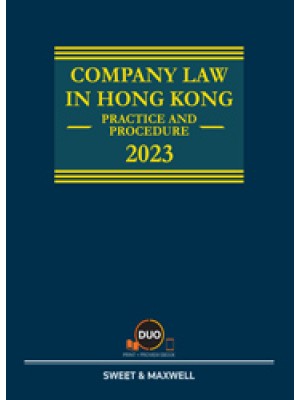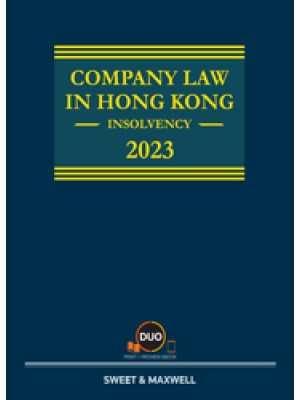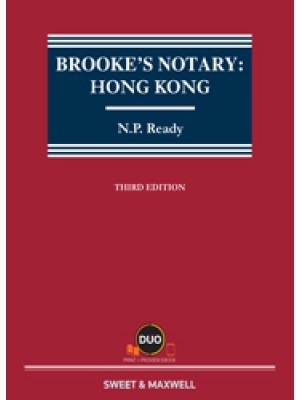INTRODUCTION: EMBRACING ENTERPRISE RISK MANAGEMENT: PRACTICAL APPROACHES FOR GETTING STARTED 1
Overview and the Question of ‘Where to Start?’ 1
Keys to Success 2
Theme 1. Support From the Top Is a Necessity 2
Theme 2. Build ERM Using Incremental Steps 3
Theme 3. Focus Initially on a Small Number of Top Risks 4
Theme 4. Leverage Existing Resources 5
Theme 5. Build on Existing Risk Management Activities 5
Theme 6. Embed ERM Into the Business Fabric of the Organisation 5
Theme 7. Provide Ongoing ERM Updates and Continuing Education for Directors and Senior Management 6
Initial Action Steps and Objectives 6
Step 1. Seek Board and Senior Management Leadership, Involvement and Oversight 8
Step 2. Select a Strong Leader to Drive the ERM Initiative 8
Step 3. Establish a Management Risk Committee or Working Group 9
Step 4. Conduct the Initial Enterprise-wide Risk Assessment and Develop an Action Plan 10
Step 5. Inventory the Existing Risk Management Practices 11
Step 6. Develop Your Initial Risk Reporting 13
Step 7. Develop the Next Phase of Action Plans and Ongoing Communications 14
Continuing ERM Implementation 15
Chapter Summary 16
Where to Start: Draft Action Plan for an ERM Initiative 16
1 COMPELLING REASONS FOR ENTERPRISE RISK MANAGEMENT 21
The Evolution of the COSO Internal Control: Integrated Framework to the COSO ERM Framework 23
2 ENTITY-WIDE RISK ASSESSMENT 25
Risk Tolerance 26
Materiality 27
Objective Setting 31
3 IDENTIFYING RISK: ENTITY-LEVEL VERSUS ACTIVITY-LEVEL 33
Risk Assessment 38
Probability 39
Potential Impact 41
4 RISK MANAGEMENT 45
Control Maturity 47
Residual Risk 48
5 ACTIVITY-LEVEL RISK ASSESSMENT 51
Understanding the Approach: Financial Reporting 51
Workshop Prerequisites 52
Risk Factor Rating System 53
Risk Factor Scale 54
Weighting of Risk Factors 54
Activity-Level Risk Factor Rating Table Guidelines 57
Activity-Level Inherent and Fraud Risks 59
6 UNDERSTANDING AND COMMUNICATING RISK APPETITE 61
Enterprise Risk Management and Decision Making 62
Develop Risk Appetite 62
Communicate Risk Appetite 62
Monitor and Update Risk Appetite 62
Can it Be Done? 63
Overview 64
Risk Appetite Is an Integral Part of Enterprise Risk Management 64
Considerations Affecting Risk Appetite 64
Steps in Adopting Risk Appetite 66
Risk Appetite Statements 66
Characteristics of Effective Risk Appetite Statements 67
Reluctance to Embrace Risk Appetite 68
Risk Appetites Are Not All the Same 68
Examples of Risk Appetite Statements 69
Risk Appetite and Risk Tolerance 71
Linking Risk Appetite and Risk Tolerance 72
Examples of Risk Tolerance Statements 74
Developing Risk Appetite 75
Facilitated Discussions 75
Discussions Related to Objectives and Strategies 76
Development of Performance Models 78
Communicating Risk Appetite 78
Broad Risk Appetite Statement 79
Risks Related to Organisational Objectives 79
Categories of Risk 80
Risk Appetite Cascades Through the Organisation 81
Monitoring and Updating Risk Appetite 82
Creating a Culture 82
Roles 83
Summary of Risk Appetite Considerations 86
EPILOGUE 89
REFERENCES 91
APPENDIX A: KEY TERMS 93
APPENDIX B: SAMPLE RISK LIBRARY 95
APPENDIX C: SAMPLE HEAT MAPS 97
APPENDIX D: SAMPLE CONTROL MATURITY MODELS 103
APPENDIX E: SAMPLE COMPANY MODEL MAPPED TO
ENTITY-WIDE RISK LIBRARY 107
APPENDIX F: EXAMPLES OF RISK ASSESSMENT REPORTING 115
APPENDIX G: SAMPLE OF A FINANCIAL REPORTING RISK LIBRARY (INHERENT AND FRAUD RISKS) 125







